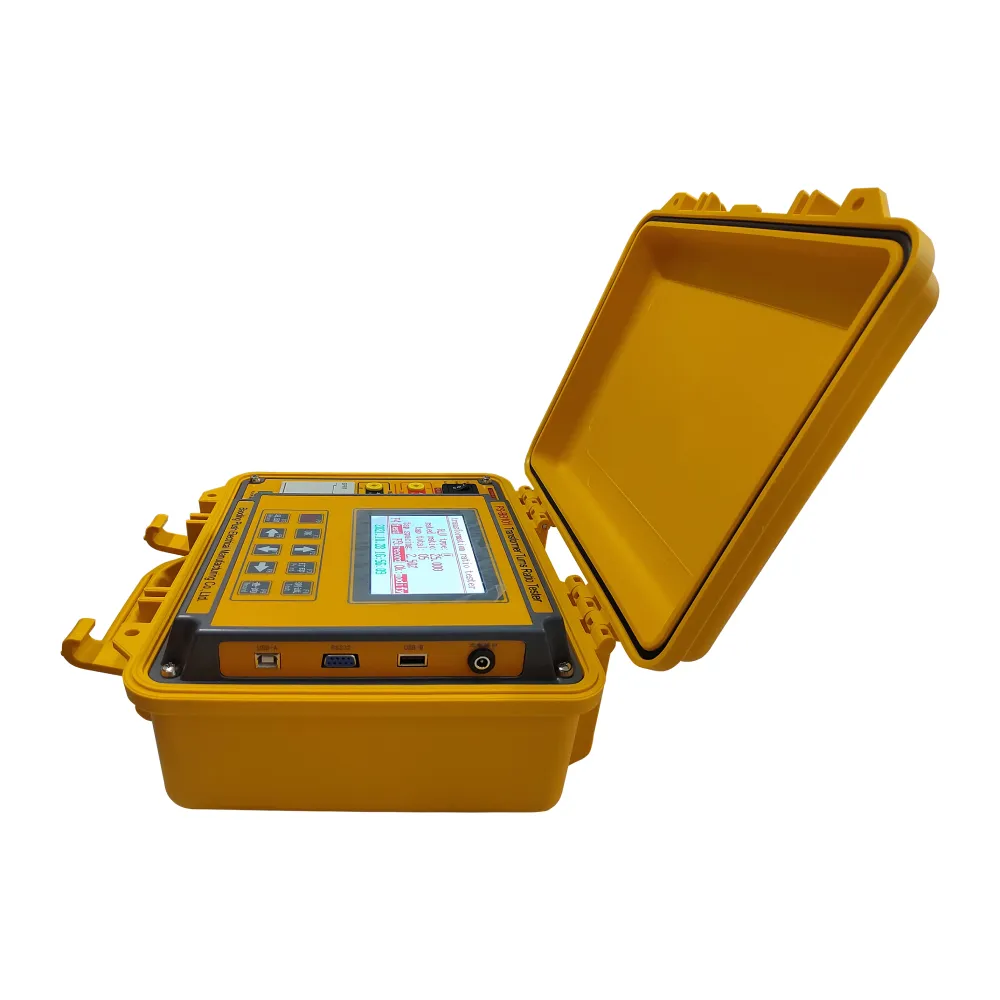 English
English



-
 Afrikaans
Afrikaans -
 Albanian
Albanian -
 Amharic
Amharic -
 Arabic
Arabic -
 Armenian
Armenian -
 Azerbaijani
Azerbaijani -
 Basque
Basque -
 Belarusian
Belarusian -
 Bengali
Bengali -
 Bosnian
Bosnian -
 Bulgarian
Bulgarian -
 Catalan
Catalan -
 Cebuano
Cebuano -
 China
China -
 China (Taiwan)
China (Taiwan) -
 Corsican
Corsican -
 Croatian
Croatian -
 Czech
Czech -
 Danish
Danish -
 Dutch
Dutch -
 English
English -
 Esperanto
Esperanto -
 Estonian
Estonian -
 Finnish
Finnish -
 French
French -
 Frisian
Frisian -
 Galician
Galician -
 Georgian
Georgian -
 German
German -
 Greek
Greek -
 Gujarati
Gujarati -
 Haitian Creole
Haitian Creole -
 hausa
hausa -
 hawaiian
hawaiian -
 Hebrew
Hebrew -
 Hindi
Hindi -
 Miao
Miao -
 Hungarian
Hungarian -
 Icelandic
Icelandic -
 igbo
igbo -
 Indonesian
Indonesian -
 irish
irish -
 Italian
Italian -
 Japanese
Japanese -
 Javanese
Javanese -
 Kannada
Kannada -
 kazakh
kazakh -
 Khmer
Khmer -
 Rwandese
Rwandese -
 Korean
Korean -
 Kurdish
Kurdish -
 Kyrgyz
Kyrgyz -
 Lao
Lao -
 Latin
Latin -
 Latvian
Latvian -
 Lithuanian
Lithuanian -
 Luxembourgish
Luxembourgish -
 Macedonian
Macedonian -
 Malgashi
Malgashi -
 Malay
Malay -
 Malayalam
Malayalam -
 Maltese
Maltese -
 Maori
Maori -
 Marathi
Marathi -
 Mongolian
Mongolian -
 Myanmar
Myanmar -
 Nepali
Nepali -
 Norwegian
Norwegian -
 Norwegian
Norwegian -
 Occitan
Occitan -
 Pashto
Pashto -
 Persian
Persian -
 Polish
Polish -
 Portuguese
Portuguese -
 Punjabi
Punjabi -
 Romanian
Romanian -
 Russian
Russian -
 Samoan
Samoan -
 Scottish Gaelic
Scottish Gaelic -
 Serbian
Serbian -
 Sesotho
Sesotho -
 Shona
Shona -
 Sindhi
Sindhi -
 Sinhala
Sinhala -
 Slovak
Slovak -
 Slovenian
Slovenian -
 Somali
Somali -
 Spanish
Spanish -
 Sundanese
Sundanese -
 Swahili
Swahili -
 Swedish
Swedish -
 Tagalog
Tagalog -
 Tajik
Tajik -
 Tamil
Tamil -
 Tatar
Tatar -
 Telugu
Telugu -
 Thai
Thai -
 Turkish
Turkish -
 Turkmen
Turkmen -
 Ukrainian
Ukrainian -
 Urdu
Urdu -
 Uighur
Uighur -
 Uzbek
Uzbek -
 Vietnamese
Vietnamese -
 Welsh
Welsh -
 Bantu
Bantu -
 Yiddish
Yiddish -
 Yoruba
Yoruba -
 Zulu
Zulu
gas chromatography equipment price
Understanding the Prices of Gas Chromatography Equipment
Gas chromatography (GC) is an essential analytical technique widely used in laboratories for separating and analyzing compounds that can be vaporized without decomposition. The equipment used in gas chromatography is critical to obtaining accurate and reliable results, and the price of this equipment can vary significantly based on various factors. Understanding these factors can help researchers, laboratories, and businesses choose the right equipment that fits their budget and technical needs.
Factors Influencing Pricing
1. Type of Equipment The market offers various types of gas chromatography equipment, including bench-top systems, portable devices, and analytical instruments. Bench-top systems typically range from $5,000 to $100,000 or more, depending on their capabilities and features. Portable devices are usually more affordable but may have limited functionality compared to larger systems. High-end analytical instruments designed for specialized applications can exceed $200,000.
2. Brand and Manufacturer Different manufacturers produce gas chromatography systems, and the brand can significantly influence the price. Well-established brands known for their reliability and precision often command higher prices. It's essential to consider not just the upfront cost, but also the brand's reputation for quality, customer support, and after-sales service.
3. Specifications and Features The complexity and features of the GC equipment contribute to its cost. Advanced features such as high-resolution detectors (like mass spectrometry for GC-MS), multiple injection ports, and integrated software for data analysis can increase the price substantially. Basic systems may be sufficient for routine applications, but specialized research might necessitate investing in more sophisticated features.
4. Accessories and Additional Equipment Often, the initial purchase price does not include all necessary accessories and consumables. Items such as columns, injection systems, and data analysis software can add significant costs. It’s crucial to factor these additional expenses into the total cost of ownership when planning a gas chromatography purchase.
gas chromatography equipment price

5. Used vs. New Equipment For laboratories with budget constraints, considering used or refurbished gas chromatography equipment can be a viable option. While it may offer significant savings, potential buyers must ensure the equipment is thoroughly inspected and certified to prevent future maintenance issues. Buying new equipment comes with warranties and the latest technology, which can justify the higher prices for many institutions.
Budgeting for Gas Chromatography Equipment
To establish a budget for acquiring gas chromatography equipment, it’s prudent to conduct a thorough assessment of the laboratory’s specific needs and evaluate how frequently and for what purposes the equipment will be used. Understanding the type of analyses required—be it environmental monitoring, food safety testing, or pharmaceutical research—will guide the purchasing decision.
Moreover, laboratories should also consider ongoing costs associated with operating and maintaining gas chromatography equipment. These include the costs of consumables, regular maintenance, calibration, and potential upgrades as technology evolves.
Conclusion
Investing in gas chromatography equipment is a significant decision that can impact the quality of analytical results and the laboratory's overall productivity. By understanding the factors influencing prices and carefully weighing the options, laboratories can make informed decisions that align with their scientific goals and financial considerations. Whether opting for new, used, or refurbished equipment, the key is to ensure that it meets both the analytical requirements and budget constraints effectively. Through diligent planning and consideration, laboratories can harness the power of gas chromatography to drive innovation and excellence in their analytical endeavors.
-
Testing Equipment Industry Sees Major Advancements in 2025: Smart & Precision Technologies Lead the WayNewsJun.06,2025
-
Applications of Direct Current Generators in Renewable Energy SystemsNewsJun.05,2025
-
Hipot Tester Calibration and Accuracy GuidelinesNewsJun.05,2025
-
Digital Circuit Breaker Analyzer Features and BenefitsNewsJun.05,2025
-
Benefits of Real-Time Power Quality Monitoring Devices for Industrial EfficiencyNewsJun.05,2025
-
Earth Fault Loop Testing in High-Rise Building Electrical SystemsNewsJun.05,2025



